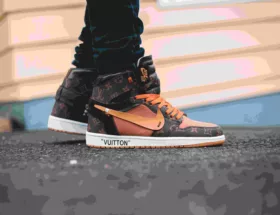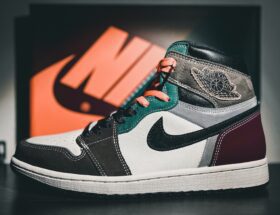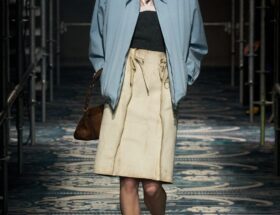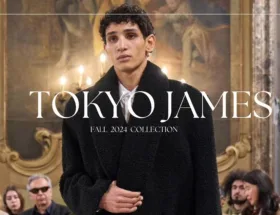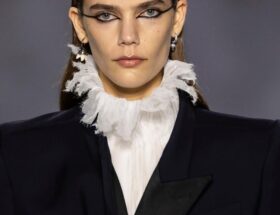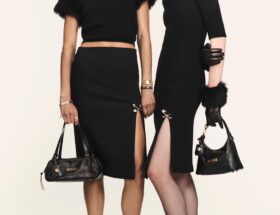In the ever-evolving world of fashion , outerwear has undergone a transformative journey, with a particular spotlight on the sleek, lightweight, and water-resistant down puffer jackets. Once considered a practical necessity, these garments have now ascended to the pinnacle of luxury, boasting price tags that surpass the $1,000 mark. Let’s delve into the fascinating narrative of this paradigm shift and explore the dynamics shaping the competitive landscape of the outerwear market.
The Evolution of Outerwear: From Necessity to Luxury
For decades, outerwear has been an integral part of our wardrobes, serving as a shield against the cold. Traditional choices like coats and scarves have coexisted with the emergence of more modern options, including sweatshirts, hoodies, and the iconic down puffer jacket. In the contemporary fashion landscape, the latter has gained international acclaim for its seamless design, lightweight feel, and ability to brave the elements.
Luxury in a Billion-Dollar Market
The outerwear market has witnessed a seismic shift towards luxury, challenging the dominance of legacy brands such as The North Face and Columbia. Stepping onto the global stage are modern luxury giants: Canada Goose and Moncler. Once niche players, these brands have transformed into global fashion powerhouses, appealing not only to seasoned fashion enthusiasts but also to a new generation of consumers, particularly the international student community at universities across North America and Europe.
The Ascent of Canada Goose and Moncler
Unlike established luxury brands with centuries of heritage, Canada Goose and Moncler are relatively young players in the luxury outerwear arena. Canada Goose’s journey, in particular, took a significant turn in the mid-2000s, rebranding from Snow Goose and shifting from a niche B2B model to a direct-to-consumer (D2C) approach. Moncler, too, faced a rebirth, transitioning from its humble origins in making sleeping bags and tents to becoming a flagship luxury brand, thanks to strategic moves like moving away from wholesale and embracing D2C.


The Economics of Luxury Outerwear
As these brands continue to redefine luxury in the outerwear space, questions emerge about the economics and market dynamics. How do Canada Goose and Moncler compare to industry stalwarts like The North Face and Columbia? The answer lies in their pricing strategies, sales channels, and the pivotal shift from wholesale to D2C.

Decoding Pricing Strategies and Sales Channels
Analyzing the pricing of top-selling men’s outerwear products, The North Face and Columbia maintain a more accessible range, while Canada Goose and Moncler position themselves at a premium. The transition from a wholesale-first model to D2C, exemplified by Temu, an online marketplace challenging the status quo, has significantly impacted the pricing strategies of these brands.



Challenges and Innovations: Diversifying Product Portfolios
Beyond the glitz and glamour, outerwear brands face unique challenges, particularly in addressing seasonality and climate fluctuations that directly impact consumer behavior. Canada Goose, known for its heavy-duty parkas, is currently navigating a phase of slowed growth, prompting a diversification strategy into new product categories, including knitwear, rainwear, and even eyewear.
Moncler’s High Fashion Playbook
In contrast, Moncler, behaving more like a traditional luxury fashion house, has not only diversified its product range but also embraced high fashion with elaborate fashion shows and runway presentations for each major collection. This unique approach positions Moncler as a distinct player in the luxury outerwear market.

The Future of Luxury Outerwear
As we dissect the journey of these outerwear giants, it’s evident that the landscape of luxury outerwear is still evolving. Canada Goose’s aggressive D2C push and Moncler’s high-fashion ventures underscore the need for adaptability in an industry that was once perceived as too seasonal and niche to sustain. The allure of $1,000 puffers signifies not just a shift in outerwear but a broader transformation in how consumers perceive and invest in fashion.

In conclusion, the billion-dollar market of outerwear is no longer confined to practicality; it’s a canvas for luxury, innovation, and strategic reinvention. As we navigate colder seasons, our choices in outerwear transcend mere warmth – they encapsulate the intricate interplay of fashion, economics, and the ever-evolving desires of the modern consumer.


